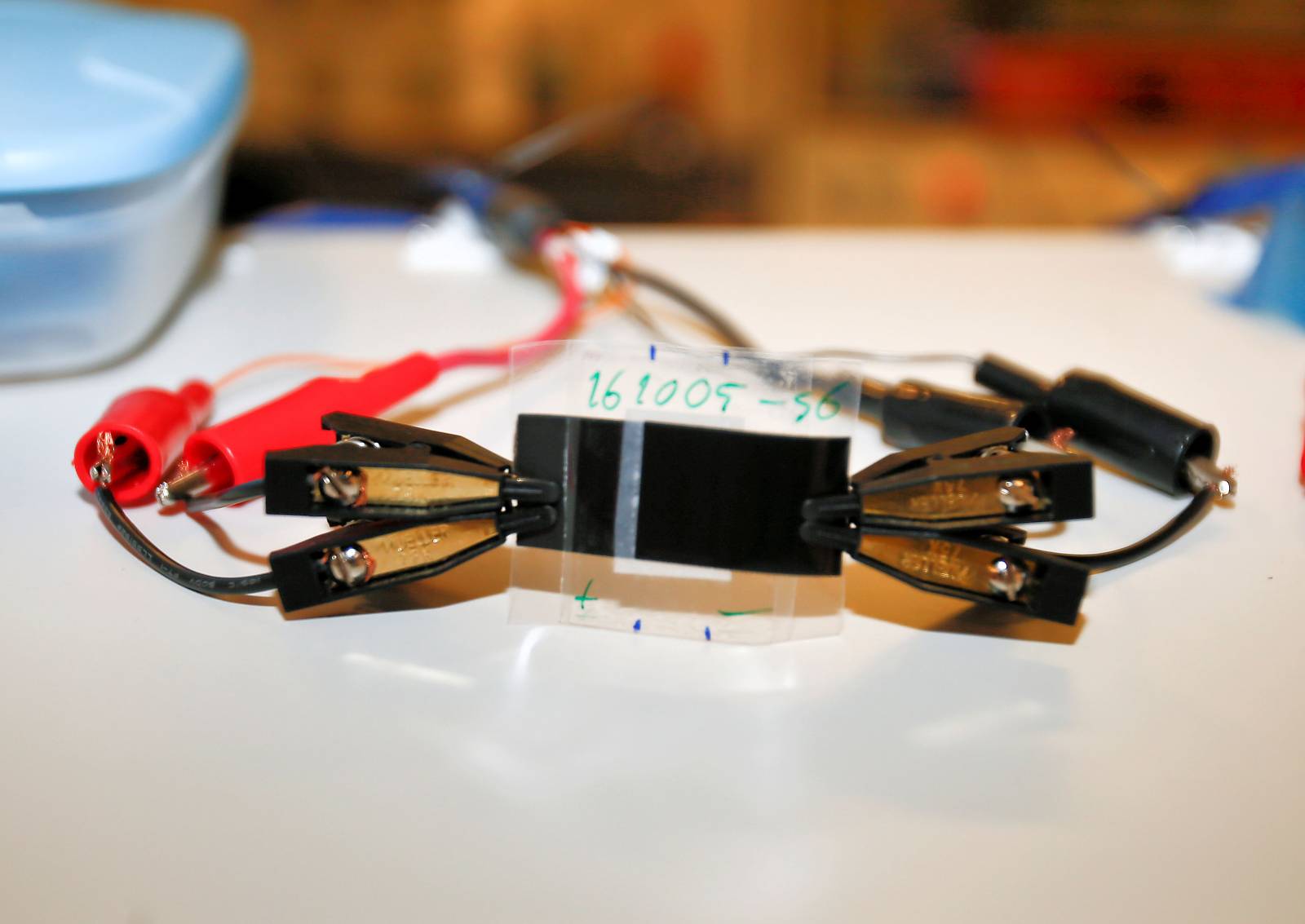M. Kujala et al. have published interesting article in npj Flexible Electronics, Article number: 24 (2020)
The future of printed electronics involves advancements not only related to full system integration, but also lean process manufacturing. A critical aspect of this progress is developed in this study, which evaluates a highly flexible screen printed through-hole-via using silver microparticle inks, for applications in energy harvesting and storage modules. The printed vias’ fabrication and durability are evaluated by means of a double sided screen-printing method and repetitive (cyclic) bending tests. Vias, through 125-µm-thick PET foil, were laser cut (nominally 50, 100, 150, and 200 µm diameters) then filled, and simultaneously connected to adjacent vias by screen printing. To investigate the use of the printed via in a monolithic energy module, the vias were used for the fabrication of a flexible printed supercapacitor containing aqueous electrolyte and carbon electrodes. The results indicated that the lower viscosity silver ink (DuPont 5064H) fills the via less effectively than the higher viscosity ink (Asahi LS411AW), and as the via size increases (≥150 µm diameter) via walls are coated rather than filled. Conversely, the more viscous ink fills the via thoroughly and exhibited a 100% yield (1010 vias; 100 µm nominal via diameter) with the two-step direct screen-printing method. The 10-mm radius bending test showed no signs of via specific breakdown after 30,000 cycles. The results indicated that this via filling process is likely roll-to-roll compatible to enable multi-layered printed electronic devices.

